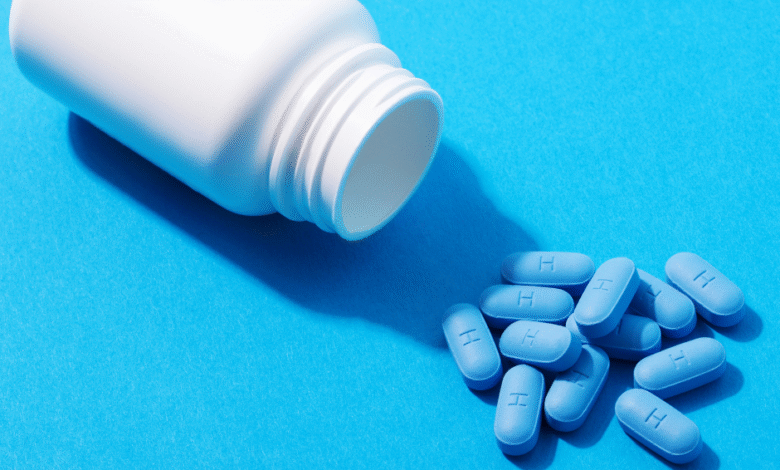Blog
Post-Exposure Prophylaxis (PEP): Reducing the Risk of HIV Transmission

What is PEP?
- Post-exposure prophylaxis (PEP) is a medication regimen taken after a potential exposure to HIV to prevent infection.
- It’s a short-term course of antiretroviral medications, typically taken for 28 days.
When Should PEP Be Considered?
- PEP should be considered as soon as possible, ideally within 72 hours (3 days) of a potential HIV exposure. The sooner PEP is started, the more effective it is.
- Situations that may warrant consideration for PEP include:
- Unprotected sexual intercourse (vaginal, anal, or oral)
- Occupational exposure (healthcare workers)
- Sharing needles or syringes
- Sexual assault
How PEP Works
- PEP works by preventing the HIV virus from establishing itself in the body.
- The medications in PEP interfere with the virus’s ability to replicate and spread.
Accessing PEP
- Seek Medical Attention Immediately: If you believe you may have been exposed to HIV, seek medical attention immediately.
- Emergency Rooms: Emergency rooms are typically equipped to provide immediate PEP evaluation and initiation.
- Healthcare Providers: You can also contact your primary care physician, a sexual health clinic, or an emergency room for guidance.
Important Considerations:
- Time is Critical: Starting PEP as soon as possible after exposure is crucial for its effectiveness. Every hour counts.
- PEP is not a guarantee against HIV infection.
- PEP involves potential side effects: Like any medication, PEP can have side effects.
- PEP is not a substitute for consistent use of condoms and other safer sex practices.





